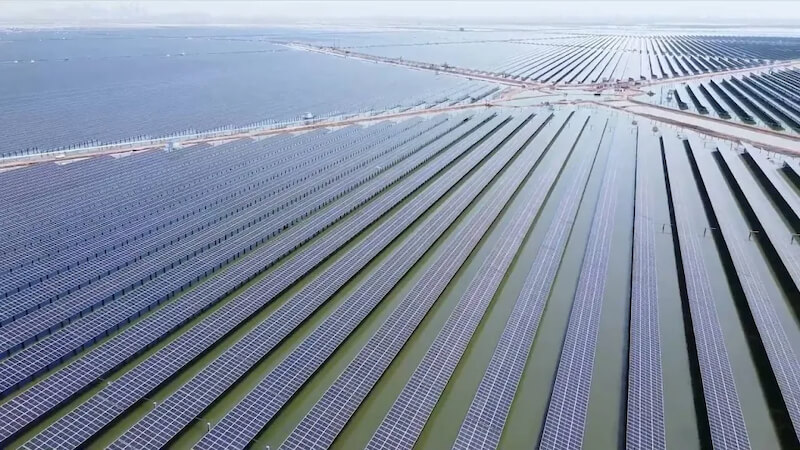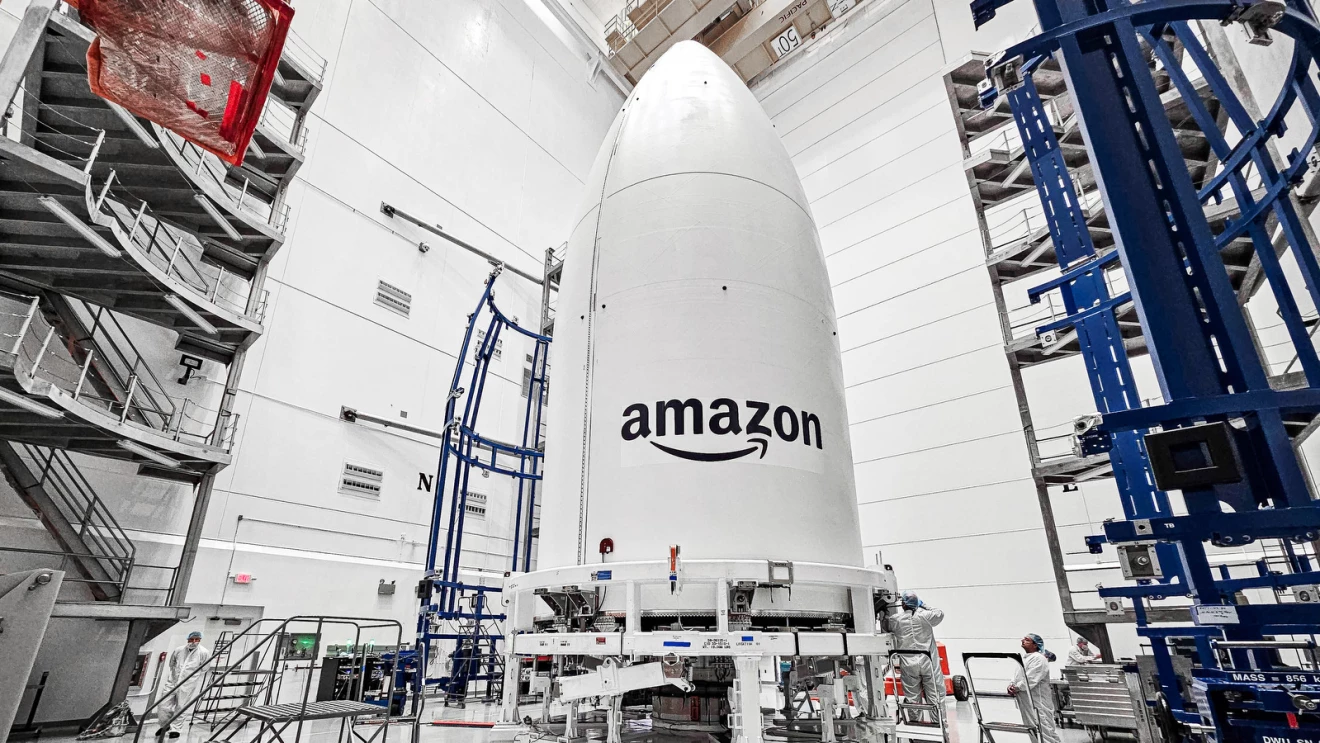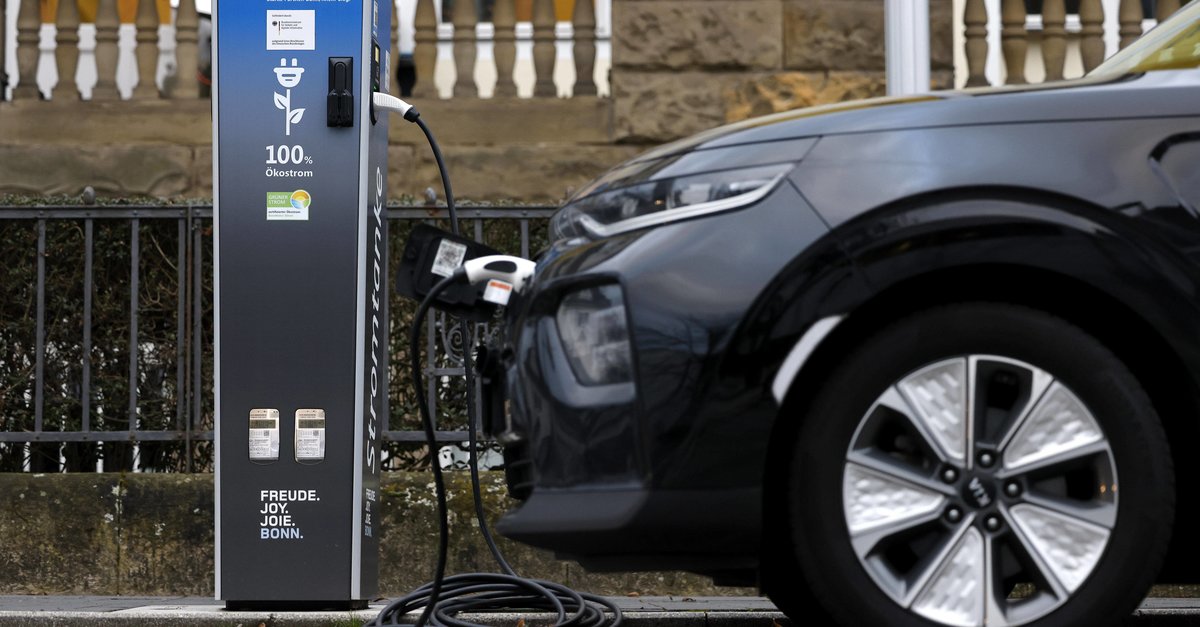This solar farm also produces salt and breeds shrimp
A solar farm in China now produces not only energy but also salt and serves as a breeding facility for shrimp. The aim is to use space as efficiently and sustainably as possible.
The number of solar systems is constantly increasing. However, in addition to the advantages that energy from the sun promises, the installation of additional systems poses new challenges. Because every solar farm requires a certain area, which is then no longer available for other purposes.
For this reason, experiments are currently being carried out around the world to find out whether solar farms can also be used as land for agriculture. In China A system was created that, in addition to generating electricity, also allows the production of salt and the breeding of shrimp.
Solar farm produces salt and breeds shrimp
The new solar farm covers an area of 13 square kilometers and spans the Changlu Salt Fields. This is one of the oldest salt fields in the People’s Republic. The plant is capable of producing up to 1.5 billion kilowatt hours per year. That is enough to supply up to 1.5 million households in China with energy.
In order to ensure the production of salt and the breeding of shrimp, there are distances of up to 14 meters between the solar modules. This corresponds to twice the distance compared to regular solar parks. It is true that significantly fewer panels fit into the available space. Compared to three separate areas (solar, salt production and shrimp farming), however, greenhouse gases can be reduced.
Greenhouse gas emissions fall by 1.25 million tons
Until now, coal-fired power plants have powered the processes. At full capacity, coal consumption in the People’s Republic will be reduced by 500,000 tons. The government thereby avoids about 1.25 million tons of carbon dioxide emissions.
In the long term, the model could set a precedent. Experiments in the past have already shown that solar systems can increase the capacity of agriculture. Because in the future, areas will serve as power plants and production areas, which will help various sectors in the long term.
Also interesting:



